IF you are going to use trends to help your punting, one of the golden rules is not to use those trends literally.
Useful trends are the statistical output of a theory about under-bet types of horses in a race. It’s the theory that’s led to them that matters, the stats just suggest the theory is sound. Plenty of statistically strong trends are just the result of coincidence – if you researched it you may find there’s a Festival race that has been dominated by horses born on a Tuesday.
That there are 28 races to dissect can be intimidating and it’s important to remember that sometimes, simple theories, such as backing the horses with the best current form, can be profitable ones.
I’ve taken five races at the Festival where specific trends have led me to a contender who looks to be underrated by the betting market.
Stamina significant in Ultima Handicap
While many races on the old course are a test of speed at the trip, that is often not the case in the Ultima Handicap Chase. Most jockeys are having their first ride of the meeting (19 out of 24 were last year) and, with the adrenalin flowing, they often go too fast and it can become a thorough test of stamina at the trip.
Horses that have run in marathons, (defined as chases over three miles and three furlongs or further) tend to be under-bet with punters deeming them too slow for a Festival handicap. Nine of the last 18 winners had contested a marathon, with six having run at four miles or further. The latter group is 6/100 – a 49-point profit backed blind.
One way I try and exploit this theory is by looking at the record of runners from the better marathons in the Ultima. The Classic Handicap Chase over three miles and five furlongs at Warwick in January is often a strong marathon and runners from it are 3/13 in the Ultima this century – 11pt (85%) profit, (two winners have also yielded a 50% profit in the Kim Muir).
The sole Ultima entry from the Classic is sponsor Max McNeill’s Threeunderthrufive who didn’t look to stay three miles and five furlongs at Warwick on heavy ground he wouldn’t have liked, but is unexposed at this trip. Eight of the last nine Ultima winners came from the front five in the SP market, with Beware The Bear (151) and Un Temps Pour Tout (155) winning off higher marks than Threeunderthrufive’s 150 – so neither his mark nor price should put you off.
Hermes could be another Denman, but that is a negative for Ballymore
I THINK the biggest under-bet factor in the Ballymore is that it is a test of speed at the trip. That’s because they start in the middle of the track, there’s a big sweeping bend before they get out onto the racecourse proper and a flight of hurdles comes up quickly. In consequence they usually go steadily and that favours horses with a turn of foot.
The trend is that in the last 25 renewals, Grade 1 hurdle winners at two miles are 9/17 – 15pt (85%) profit. Grade 1 hurdle winners at two and a half miles or further are 3/23 – 15pt (67%) loss. The two-mile Grade 1 winners all look set for the Supreme this year but it’s the theory that matters, not the literal trend. The theory is that Ballymore favours horses with a turn of foot to win good races at around two miles.
Impaire Et Passe won the Grade 2 Moscow Flyer and looks exactly the right type for this, whereas Challow winner Hermes Allen looks more in the mould of Denman and Bravemansgame who were beaten in this for Paul Nicholls before becoming top-class staying chasers.
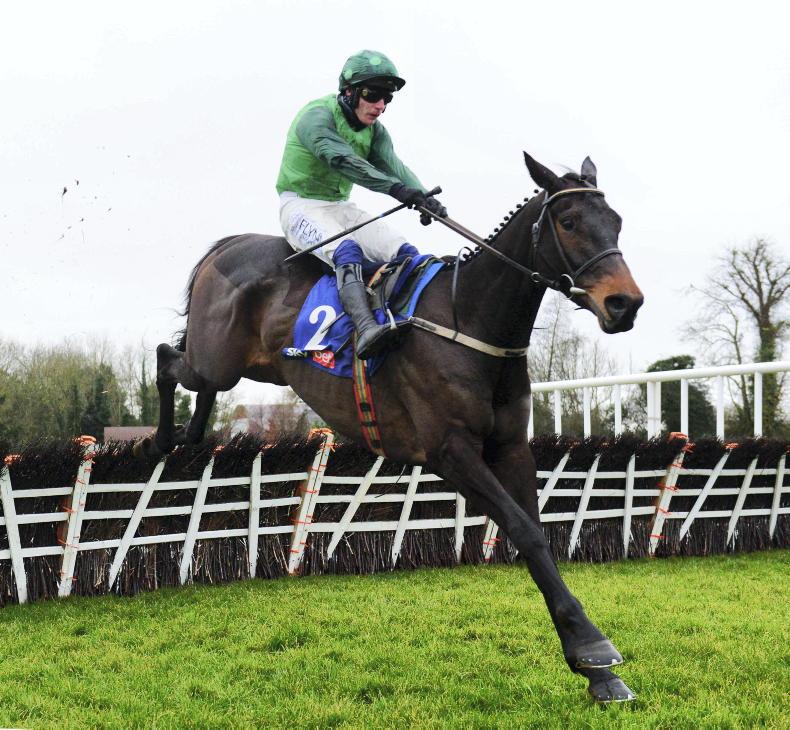
Only speedsters need apply for specialist Grand Annual
TWO-mile chasing is the most specialist division and the Grand Annual is a rarity in being a big field two-mile handicap chase, (there’s usually close to the maximum field of 20). Now it’s reverted to the sharper old course which is more of a test of speed, favouring prominently ridden horses, it’s likely to become even more of a specialist speedsters’ race.
The eyes-out gallop makes it unpredictable - 10 of the last 13 winners have gone off double-figure prices and from outside the front five of the market, including two 28/1 shots, a 40/1 chance and a 66/1 rag who was the outsider of the whole field.
However, the specialist nature of the race is reflected by eight of the last 17 winners having run in the race before, (in the same period only 15 winners of the other Festival handicaps combined had contested them before). Simply backing previous Grand Annual runners blind would have yielded those eight winners from 102 bets with an 85pt (83%) profit.
The helter-skelter nature of the Grand Annual means that plenty of the specialists with strong chances, that are well-fancied in the market, don’t perform. They’ve tended to be loaded into their horsebox with a plan to target the race again the next season.
They’ve often been labeled disappointing by punters when returning to the race despite having been plotted up for it, with the experience advantage of having contested it before. Horses that had gone off in the front three in the market the last time they ran in the Grand Annual are 6/26 during the same period – 73pt (281%) profit.
Last year’s winner Global Citizen is entered again along with six of those he beat, including Embittered, A Wave Of The Sea, Dancing On My Own and Elixir De Nutz.
Frero Banbou went off third in the market at 6/1 last year, being outpaced before staying on into third but he surely needs to go up in trip and has an entry in the Plate.
The horse with the right profile is Andy Dufresne, who was a three-length second to Global Citizen as the 100/30 favourite last year to Global Citizen, (who’d been dropped 15lb since his previous run over fences.) Andy Dufresne has been given a mark of 155, the same as last year.
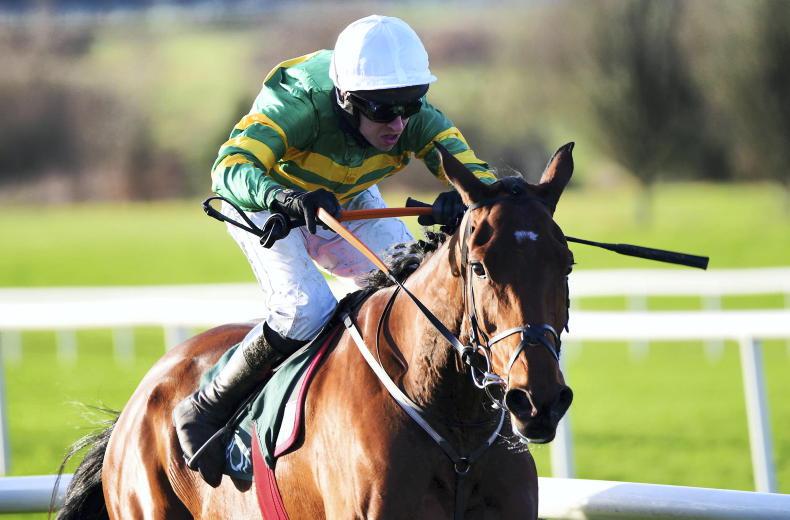
Go further down the Closutton pecking order in Champion Bumper
WHEN using trends it’s crucial to anticipate when the nature of a race is changing, which may mean the theories you’ve got, and the trends that flow out of them, no longer apply. I think that may be happening to one of my key theories in the Bumper – which has been that Willie Mullins doesn’t know his pecking order.
The horses had run minimally for Willie and he didn’t push too many buttons at home. Of the last 14 renewals where Willie had more than one runner, last year was only the second time his first string in the market did best. The value has been with his supposed lesser lights. Overall Willie is 6/51 with horses starting at 10/1 or bigger - 58pt (114%) profit.
The advent of the Dublin Racing Festival may have changed this trend as Willie now seems to be priming his best bumper horse for the Grade 2 on the Saturday there, so both he and the market are better informed. This trend may therefore be less useful most years going forward.
However, this year Willie has lacked a star bumper horse and may well go mob-handed with little idea of his pecking order. If that’s the case it may continue to pay to focus on wide margin winners.
Punters tend to ignore this factor on the basis that the horses have beaten nothing. Given how steadily run many bumpers are, to stylishly pull a long way clear can be a sign of a real Cheltenham contender. In the last 19 renewals horses that won their last start by six lengths or more are 11/114 – 44pt (39%) profit.
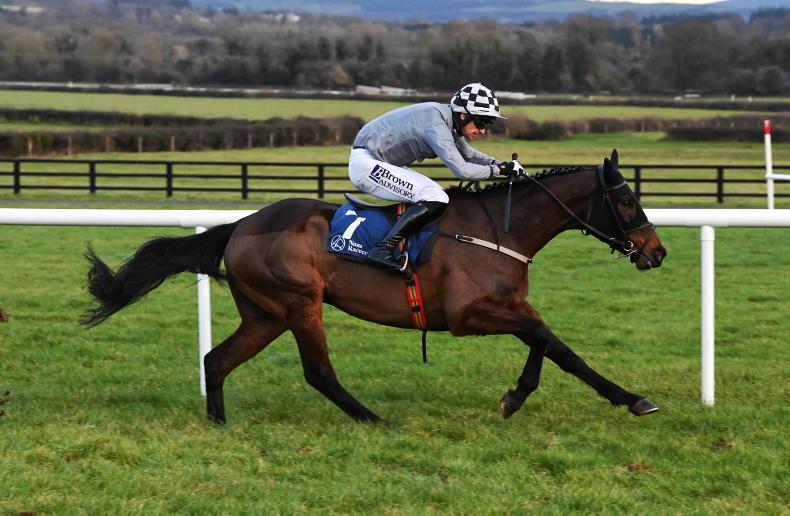
At the time of writing Western Diego is Willie’s fourth string in the market at 11/1, having won by six and a half lengths at Naas on his sole bumper start. It would be no surprise if he were to fare best of Willie’s.
Be Brave and back the up-and-comer
IN the Gold Cup, I’m a believer that the up-and-coming horses, who usually haven’t run in the race before, get under-bet. The market pays too much attention to form from the previous season, especially Gold Cup form. Many runners regress from a Gold Cup, and more generally only have a limited number of these top staying chases in their legs.
By contrast, top-class form during the current season tends to be under-bet. Based on Racing Post Ratings, the best piece of form so far this season (assuming Shishkin doesn’t run), is Bravemansgame in the King George, at 177. This century horses that had earned that rating or better that season are 8/21 – 13pt (61%) profit.
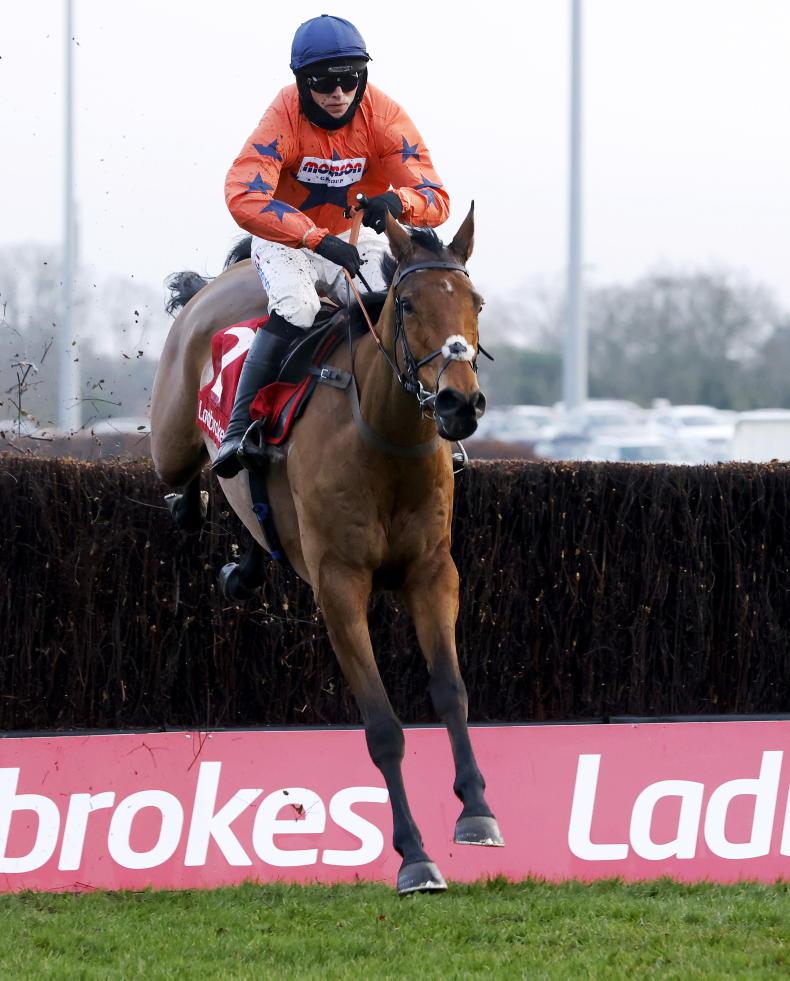
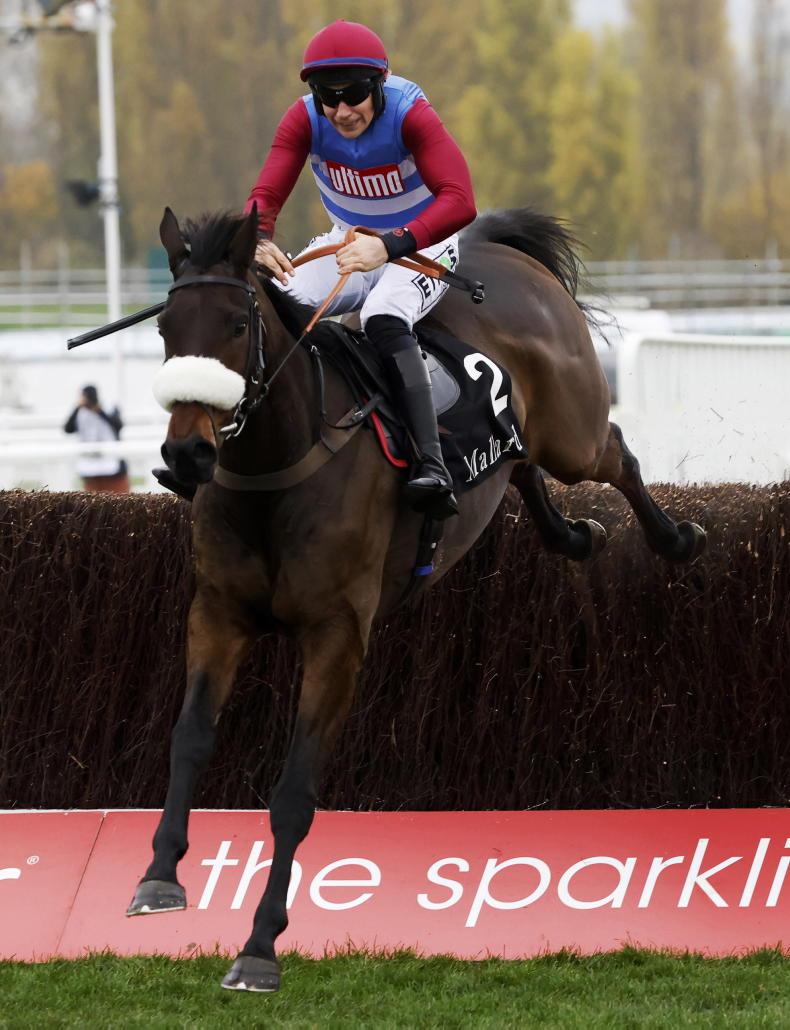

 This is a subscriber-only article
This is a subscriber-only article
 It looks like you're browsing in private mode
It looks like you're browsing in private mode











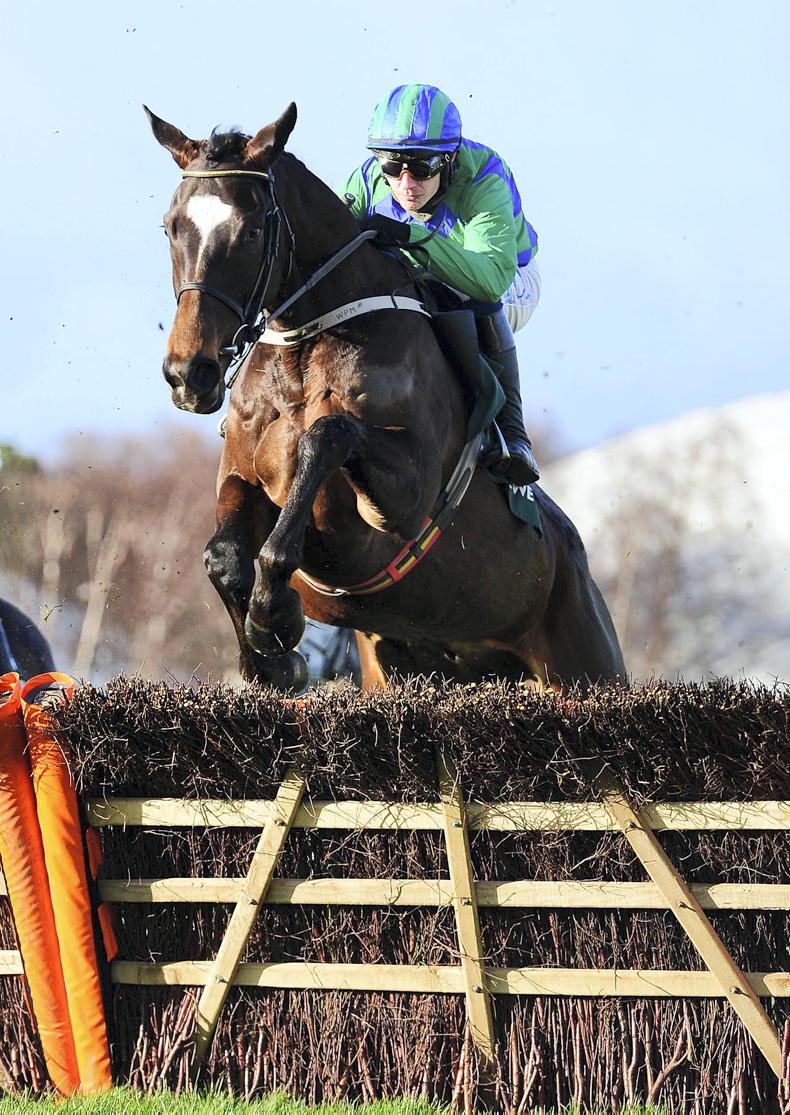

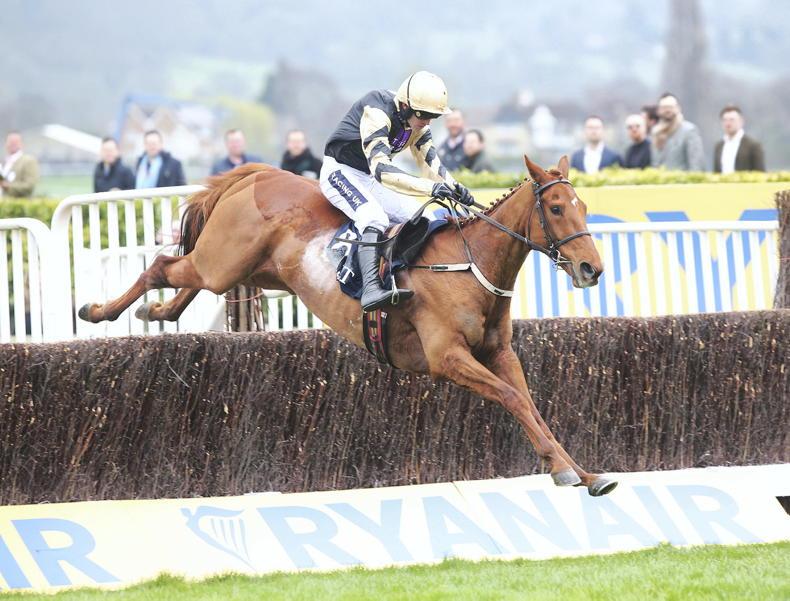
SHARING OPTIONS: